David Weeks Gets Inspired by the Crane in His Sarus Series for Ralph Pucci
Strange things happen in the 3rings universe. One of those unexplained mysteries is the recurrence of similar objects within a short period of time. This week, the crane appears as inspiration for both Yukio Hashimoto’s Moonbird and David Weeks’ Sarus. The Sarus Crane is an elegant bird with a graceful sweeping arc of a neck, colored delicately in white and black. The Sarus Series of lights takes its cue specifically from the avian’s bill.
Sarus Standing Lamp No. 310. Designed by David Weeks for Ralph Pucci.
New York designer Weeks explains the aesthetic drive behind his unique lighting: “To create his signature shades, Weeks applies a process he calls ‘formal reduction,’ which entails taking a generic shape, such as an orb, cone or cylinder, and slicing away portions until a new and sensual form emerges.” In the case of Sarus, the underlying shape used to carve the shade echoes the graceful sweep of the Sarus Crane. The collection comes in various incarnations, including the Sarus Chandelier, Sarus Standing Lamp, Sarus Sconce, and Sarus Desk Lamp. All use the same feathered friend as the basic shape for the light shade, which comes standard in black or ivory, although other colors may be specially requested (pewter is also available in some models, such as the Chandelier). Shades angle up to 160 degrees—a convenient feature most notably in the Desk Lamp, which needs to shed a concentrated beam for effective task lighting. Frames and hardware are constructed of nickel-plated steel with powder-coated aluminum shades—all manufactured in Brooklyn for Ralph Pucci.
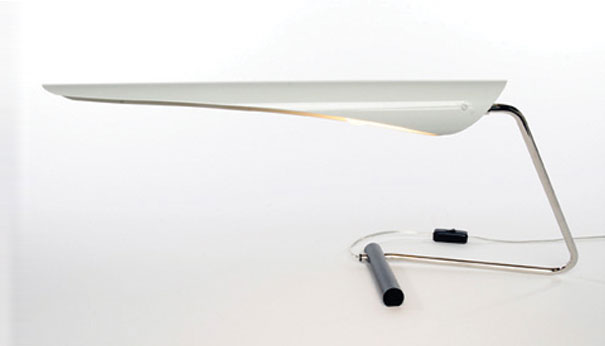
Sarus Desk Lamp No. 113. Designed by David Weeks for Ralph Pucci.
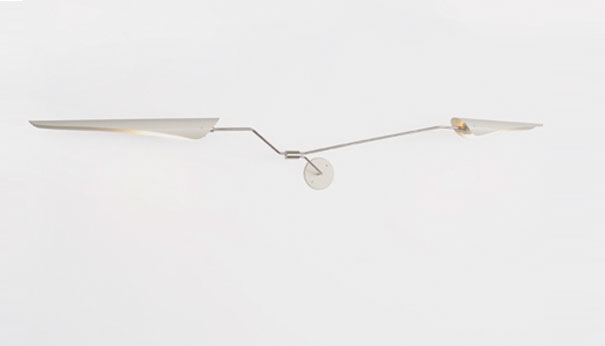
Sarus Sconce No. 213. Designed by David Weeks for Ralph Pucci.

The Sarus Crane was the inspiration behind the Carus Series.
Each model in the Sarus Series looks like the crane in different positions, at rest and in flight. The Desk Lamp is one bird, its neck silhouetted against the horizon. Both the Sconce and the Standing Lamps feature two cranes: the Sarus Sconce looks like two birds flying in opposite directions; and the Sarus Floor Lamp like two birds standing back to back. It is the Sarus Chandelier, however, that is most captivating. In two, three, or four tiers, the chandelier takes fullest advantage of the fixture’s likeness to its namesake. Hanging like a perfectly balanced mobile, the Sarus Chandelier offers the most movement as it remains in transit, suspended in flight yet not having arrived at any destination. This ambiguous, pendulous state epitomizes the “fluid movement” and “carefully considered balance” of David Weeks’ lighting design.
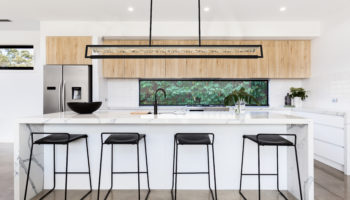
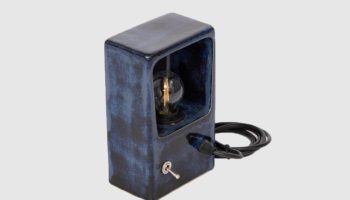
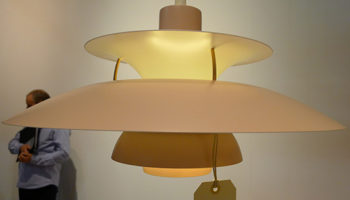

Leave a Reply